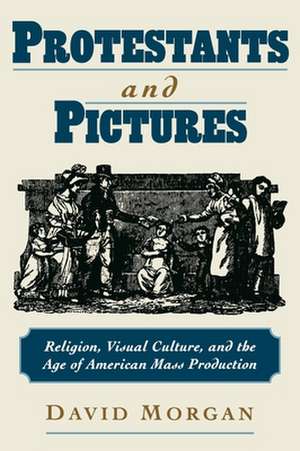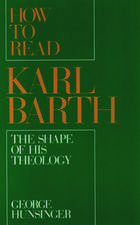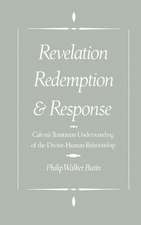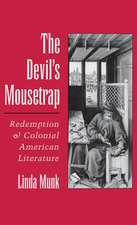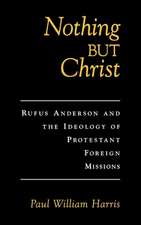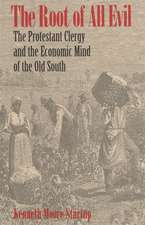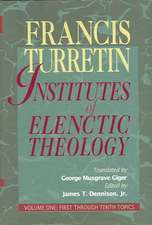Protestants and Pictures: Religion, Visual Culture, and the Age of American Mass Production
Autor David Morganen Limba Engleză Hardback – 19 aug 1999
Preț: 770.21 lei
Preț vechi: 1098.24 lei
-30% Nou
Puncte Express: 1155
Preț estimativ în valută:
147.37€ • 153.89$ • 121.70£
147.37€ • 153.89$ • 121.70£
Carte tipărită la comandă
Livrare economică 05-11 aprilie
Preluare comenzi: 021 569.72.76
Specificații
ISBN-13: 9780195130294
ISBN-10: 0195130294
Pagini: 432
Ilustrații: 25 halftones, numerous line illustrations
Dimensiuni: 175 x 257 x 33 mm
Greutate: 1.13 kg
Editura: Oxford University Press
Colecția OUP USA
Locul publicării:New York, United States
ISBN-10: 0195130294
Pagini: 432
Ilustrații: 25 halftones, numerous line illustrations
Dimensiuni: 175 x 257 x 33 mm
Greutate: 1.13 kg
Editura: Oxford University Press
Colecția OUP USA
Locul publicării:New York, United States
Recenzii
The scholarly significance and richness of Morgan's book are difficult to overstate. Thoroughly grounded in the secondary literature on nineteenth-century Protestantism, his book incorporates the insights of that work with his own prodigious research in order to produce a compelling new synthesis.
Morgan is adept at showing how the use of images corresponded to the various crosscurrents of religious life.
Morgan offers a well-researched and provocative exploration of the nineteenth-century roots of centemporary Prostestand engagement with the visual arts.
Good history either advances knowledge by exploiting new source material or advances interpretation through creative synthesis. Great history does both. Protestants and Pictures is great history. Readers of David Morgan's other work in American Protestant visual imagery will find in this text the culmination of a research trajectory that has revolutionized the way historians understand visual culture in the nineteenth-century United States.
Morgan is adept at showing how the use of images corresponded to the various crosscurrents of religious life.
Morgan offers a well-researched and provocative exploration of the nineteenth-century roots of centemporary Prostestand engagement with the visual arts.
Good history either advances knowledge by exploiting new source material or advances interpretation through creative synthesis. Great history does both. Protestants and Pictures is great history. Readers of David Morgan's other work in American Protestant visual imagery will find in this text the culmination of a research trajectory that has revolutionized the way historians understand visual culture in the nineteenth-century United States.
